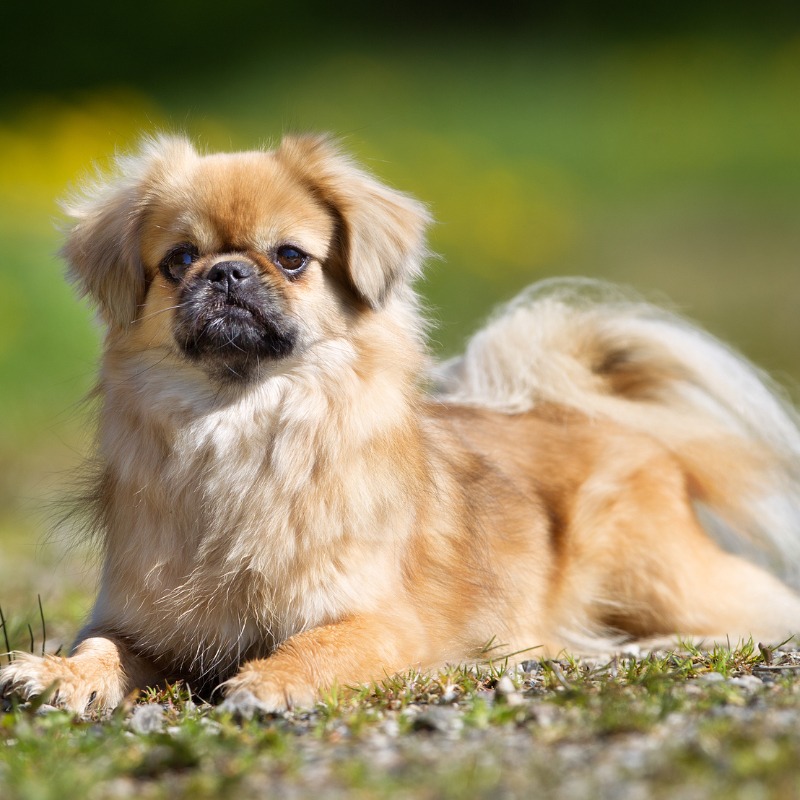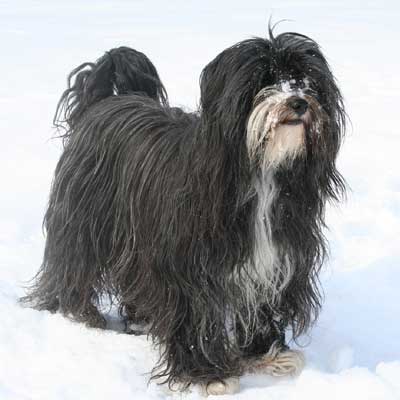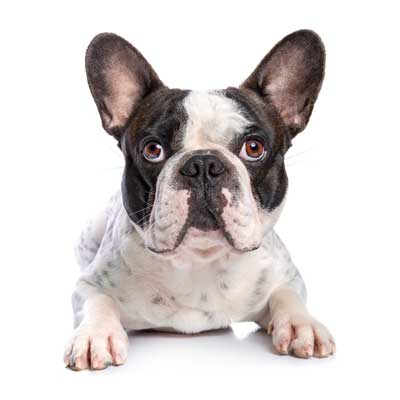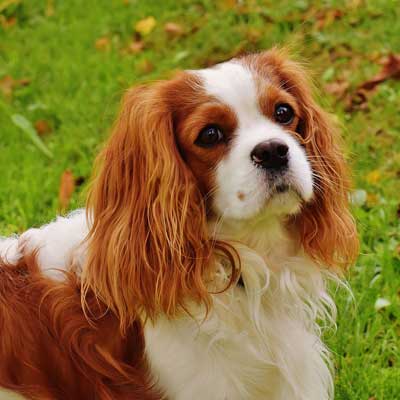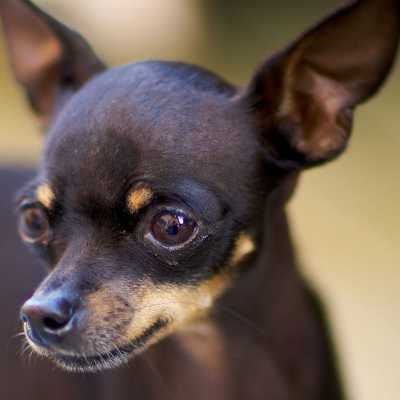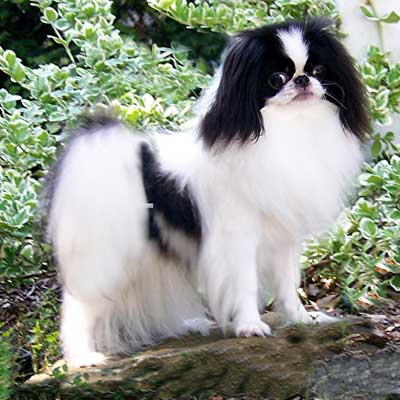Tibetan Spaniel
A small and attentive guard dog, always alert and of excellent health
The Tibetan Spaniel (Epagneul tibétain) has been bred for many centuries in Tibetan monasteries although we do not know in what period the breed may have been created.Many experts assume that the breed is the product of crossings made in ancient times, between the "Pug", the "Pekingese" and the "Japanese Spaniel". In the past it was also called "Tibetan prayer dog" which means "prayer dog", because the monks brought these little dogs with them and used them to spin the prayer wheels.
-
Head
Small in proportion to body, carried proudly. Masculine in dogs but free from coarseness. -
Head - cranial region
Skull: Slightly domed, moderate width and length.
Stop: Slight but defined. -
Head - facial region
Nose: Black preferred.
Muzzle: Medium in length. Blunt with cushioning, free from wrinkle. Chin showing some depth and width.
Jaws/Teeth: Slightly undershot. Teeth evenly placed and the lower jaw wide between the canine teeth. Full dentition desirable. Teeth and tongue not showing when mouth closed.
Eyes: Dark brown, oval, bright and expressive, medium size, set fairly well apart but forward looking. Rims black.
Ears: Medium size, pendant, well feathered in adults, set fairly high. Slight lift from the skull desirable but must not fly. Large, heavy, low set ears un-typical -
Neck
Moderately short, strong and well set on. Covered with a mane or « shawl » of longer hair, more pronounced in dogs than bitches. -
Body
Slightly longer from withers to root of tail than the height at withers.
Back: Level.
Ribs: Good spring of rib.
-
Tail
Set high, richly plumed and carried in a gay curl or over back when moving. (Not to be penalised for drooping tail when standing).
-
Forequarters
General appearance: Moderate bone; forelegs slightly bowed but firm at shoulder.
Shoulder: Well laid.
Forefeet: Harefoot. Small and neat with feathering between toes often extending beyond the feet. Round cat-feet undesirable. -
Hindquarters
General appearance: Well made and strong.
Stifle (Knee): Moderate turn.
Hock: Well let down, straight when viewed from behind.
Hind feet: Harefoot. Small and neat with feathering between toes often extending beyond the feet. Round cat-feet undesirable. -
Gait / Movement
Quick-moving, straight, free, positive.
-
Coat - hair
Hair: Topcoat silky in texture, smooth on face and front of legs, of moderate length on body, but lying rather flat. Undercoat fine and dense.
Ears and back of forelegs nicely feathered, tail and buttocks well furnished with longer hair. Not overcoated, bitches tend to carry less coat and mane than dogs. -
Coat - color
All colours and mixture of colours permissible -
Size and weight
Height at the withers: About 25.4 cm (10 ins).
Weight: Ideal 4.1 to 6.8 kgs (9-15 lbs). -
Faults
Any departure from the foregoing points should be considered a fault and the seriousness with which the fault should be regarded should be in exact proportion to its degree and its effect upon the health and welfare of the dog. -
Disqualifying faults
• Aggressive or overly shy dogs.
• Any dog clearly showing physical of behavioural abnormalities.
N.B.:
• Male animals should have two apparently normal testicles fully descended into the scrotum.
• Only functionally and clinically healthy dogs, with breed typical conformation should be used for breeding.

